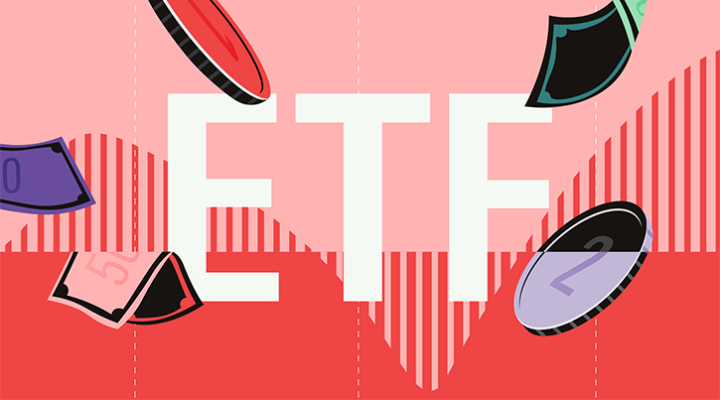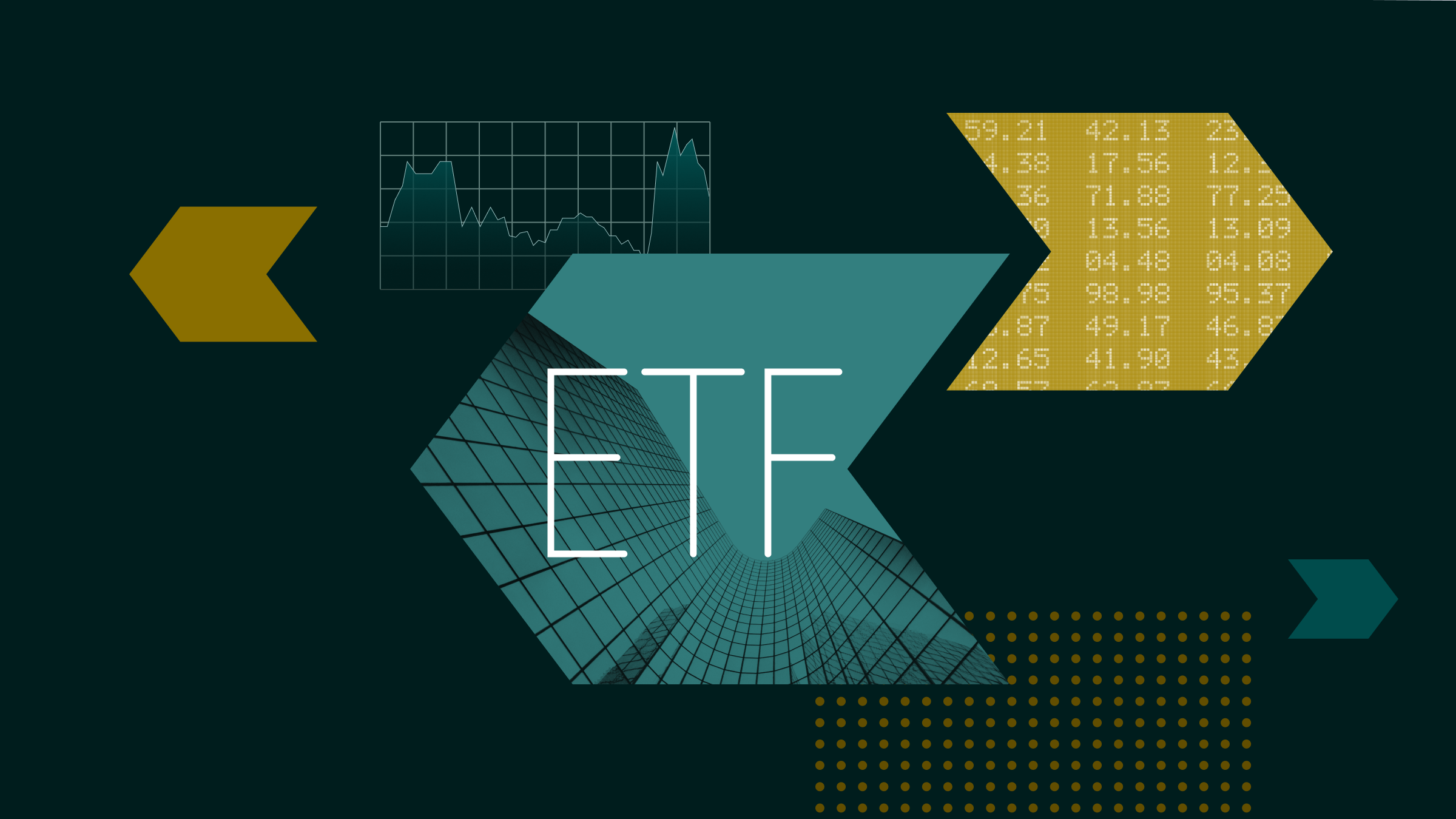What does the average investor do when someone with a temperament of Donald Trump gets into power? Do they flock to pro-growth equities, participate in a gold rush or stick to the fundamentals of value investing? Fund flow data will not show us the answer to this question for at least a few months yet, but we can begin to understand the bigger picture; especially as it relates to gold, fixed income and equities.
2016 has been a Gold Rush
Flows into gold have been nothing short of extraordinary through 2016, with a strong appetite for gold-related instruments adding to the speculative positioning of everyday investors. In fact, the appetite for gold has been so strong through 2016 that it has exceeded the demand during the global financial crisis of 2008.

Fixed Income Flows are also Abnormally High
2016 has also seen some bizarre behavioural patterns within fixed income markets. This has been exacerbated by what some commentators are calling the “Trump tantrum”, which draws on some characteristic similarities to the “taper tantrum” of May 2013.
Just like in 2013 it seems that investors were caught by surprise, with largely unpredictable events such as the taper tantrum and the U.S. elections marking a changing of the guard. Based on the most recent investor fund flows, we have not yet seen any repositioning. However just like in 2013, a sharp rise in bond yields can quickly cause a mass exodus, which will be an interesting dynamic to watch from a contrarian viewpoint.

One important point regarding the fund flow positioning is a regional bias. More specifically, we can see that funds in the U.S. are usually far more prone to shift between fixed income and equities, whereas other regions tend to have a more stable profile. Below we illustrate this relationship by unlayering the fund flows in the two biggest fixed income markets in the world: the U.S. and Eurozone.
Economic Sentiment
In the current environment, it almost seems more appropriate to re-label economic sentiment as geopolitical sentiment. There is no doubt economic sentiment is being shifted by geopolitical changes, with Brexit negotiations and a Trump presidency quickly changing market expectations for growth.
According to market expectations, the Federal Reserve will hike rates considerably through 2017, with some commentators claiming at least three hikes are priced in. This rhetoric follows the theory that a Trump presidency will accelerate growth to something akin to 3%. It is a healthy practice to view these projections with scepticism, as similar projections were made only months ago that the U.S. could slip into a mild recession.





























